
Nobody likes to be stung by a bee. These stings hurt a lot, they cause irritation and swelling and for people who are allergic, they can even be life-threatening. Those who are not allergic can benefit from a few tips on how to relieve the pain associated with bee stings.
About bee stings
The reason why bee stings are so painful is not so much because they pierce the skin, but because they use a stinger that pumps venom under the skin. Bees have a stinger on the end of their body that is attached to a small sac containing venom. When the venom gets inside, it causes an immune response, resulting in pain, swelling, itching and redness.
The problem with the bees is that the stinger continues to inject the venom until it is removed from the skin. Also, when they attack, bees release a hormone that informs other bees of danger, so they may come in a large group, which is why it is important to leave before they come.
Even people who have never been allergic to bee stings can suddenly develop an allergy, so it is important to watch for its signs, like difficulty breathing, dizziness, nausea, confusion, swelling of the face and neck and fainting.
Bee sting remedies
A number of natural, homemade remedies can be very helpful in relieving the pain and the discomfort due to bee stings.
Turmeric paste is the single most effective remedy for bee stings it has the ability to soak the venom and prevent its spreading.
Papaya fruit can be very helpful too, because it contains an enzyme called papain, which breaks down the toxins in the venom and reduces the irritation. Slicing a papaya and applying it straight to the sting site is sure to provide great relief.
A paste made of tulsi and neem is another efficient folk remedy for bee stings. Tulsi dilutes the venom while neem disinfects the area.
One simple trick is to apply baking soda mixed with some water, forming a paste. This works well because it neutralizes the acidity of the bee venom.
As for the herbal remedies, yellow flowers of St. John’s wort are very effective as they reduce pain and inflammation.
Plantain leaves can be used too, but first they need to be chewed to obtain the juice, spat out and held on the sting site for several minutes.
Some people have found that simply placing a sliced onion or a sliced potato on the sting site does wonders against pain, irritation and swelling.


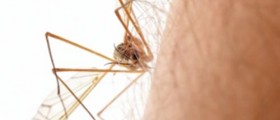
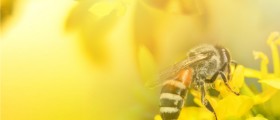
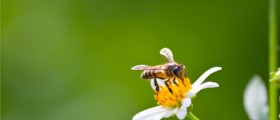
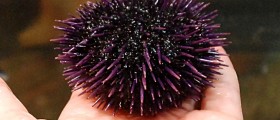
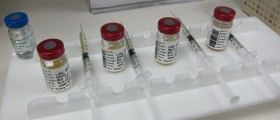
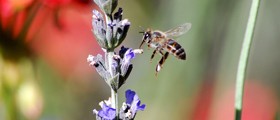
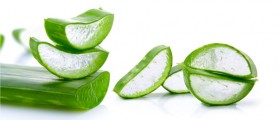



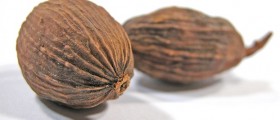
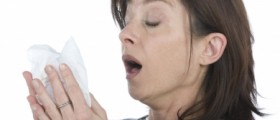


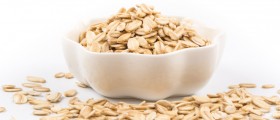
Your thoughts on this
Loading...